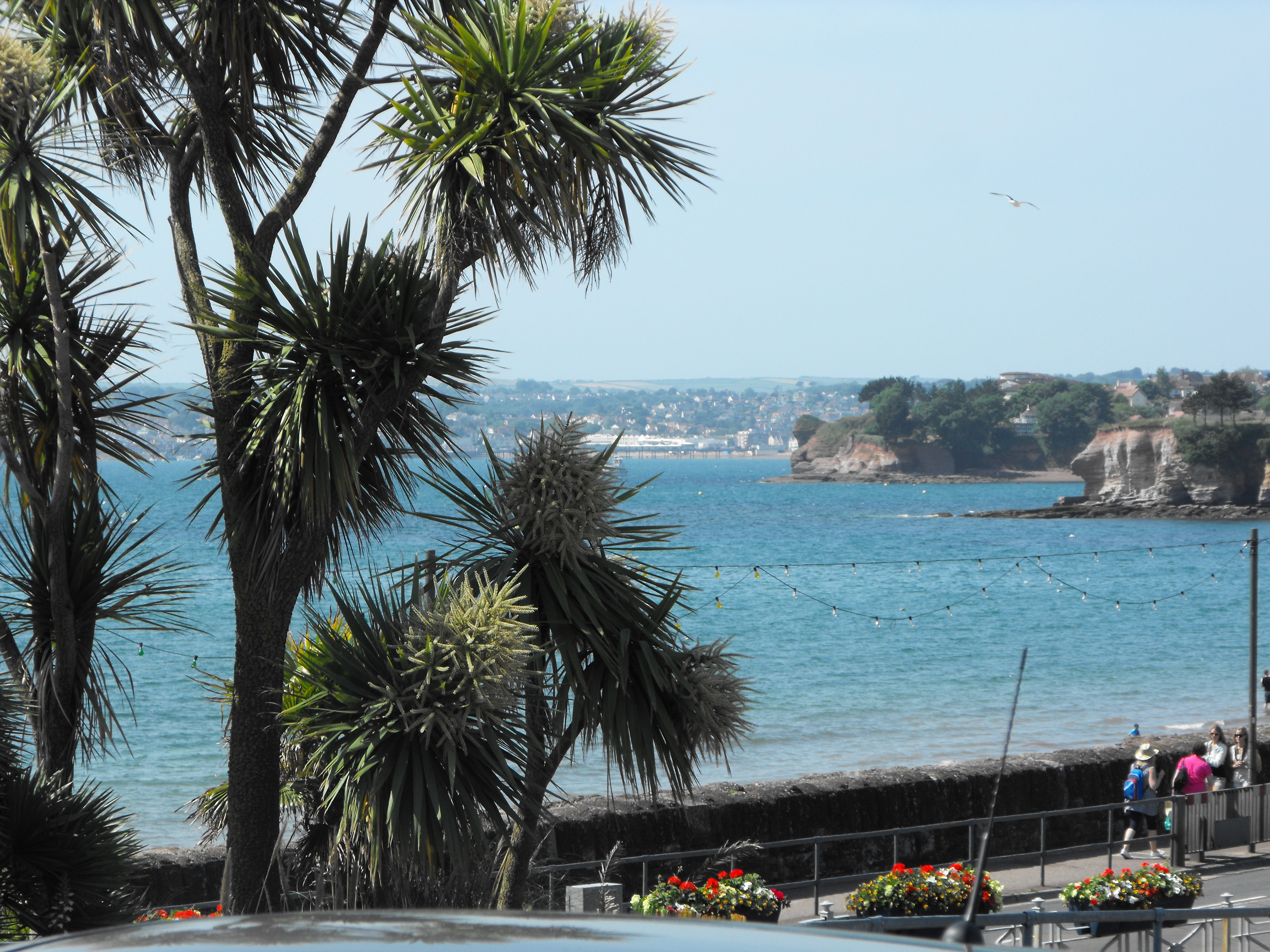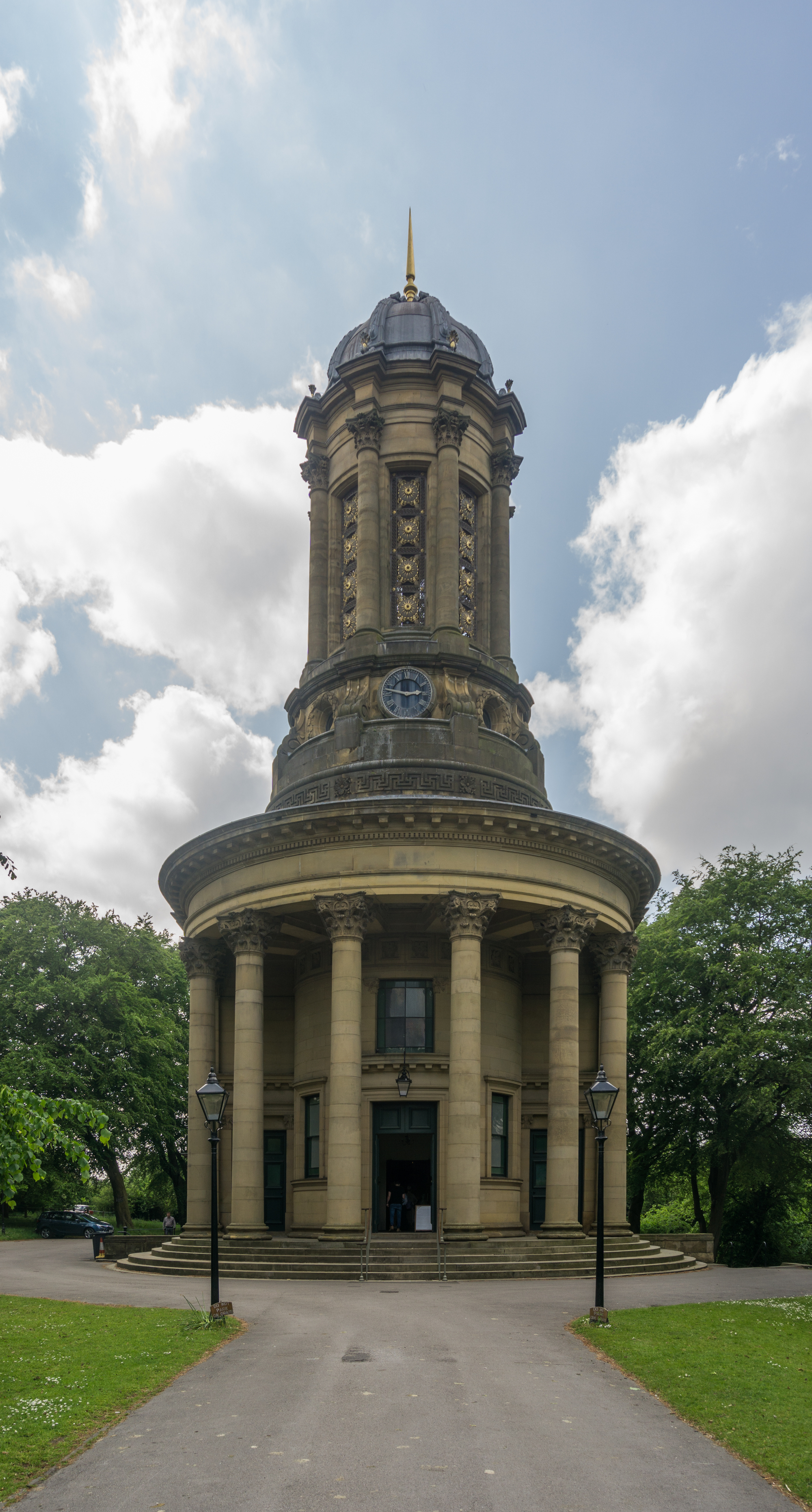|
St Marychurch
St Marychurch in Torquay, Devon, England, is one of the oldest settlements in South Devon. Its name derives from the church of St Mary, which was founded in Anglo-Saxon times. The ward population taken at the 2011 census was 11,262. History and topography The parish of St Marychurch, which dates back to the Saxon period, was called ''Sce Maria circean'' when the Domesday Book was written and then became ''Seintmariachurche'' in 1242. Notable former residents include 19th century zoologist and creationist Philip Henry Gosse, who lived at Sandhurst on Torquay Road (now called St Marychurch Road). The former town stretches from Plainmoor to Maidencombe and is known for its scenery, shopping precinct and neighbouring churches. These churches include: * St Marychurch Parish Church with its high tower, and Saxon font dating from around 1110 AD. On Sunday May 30, 1943, the main part of this church was destroyed by a German bomb, killing 26 children and teachers. * Our Lady Help of Chr ... [...More Info...] [...Related Items...] OR: [Wikipedia] [Google] [Baidu] |
Torbay
Torbay is a borough and unitary authority in Devon, south west England. It is governed by Torbay Council and consists of of land, including the resort towns of Torquay, Paignton and Brixham, located on east-facing Tor Bay, part of Lyme Bay on the English Channel. A popular tourist destination, Torbay's sandy beaches, mild climate and recreational and leisure attractions have given rise to its nickname of the "English Riviera". History Human bones and tools found in Kents Cavern in Torquay show that people have inhabited the Torbay area since Paleolithic times. A maxilla fragment known as Kents Cavern 4 may be the oldest example of a modern human in Europe, dating back to 37,000–40,000 years ago. Roman soldiers are known to have visited Torquay during the period when Britannia formed a part of the Roman Empire; they left offerings at a curious rock formation in Kent's Cavern, known as "The Face". A Roman burial was discovered in 1993 in Paignton. Both Brixham ... [...More Info...] [...Related Items...] OR: [Wikipedia] [Google] [Baidu] |
United Reformed Church
The United Reformed Church (URC) is a Protestant Christian church in the United Kingdom. As of 2022 it has approximately 40,000 members in 1,284 congregations with 334 stipendiary ministers. Origins and history The United Reformed Church resulted from the 1972 union of the Presbyterian Church of England and the Congregational Church in England and Wales. In introducing the United Reformed Church Bill in the House of Commons on 21 June 1972, Alexander Lyon called it "one of the most historic measures in the history of the Christian churches in this country". About a quarter of English Congregational churches chose not to join the new denomination; in England, there are three main groups of continuing Congregationalists: the Congregational Federation, the Evangelical Fellowship of Congregational Churches and the Fellowship of Independent Evangelical Churches. The URC subsequently united with the Re-formed Association of Churches of Christ in 1981 and the Congregational Union of S ... [...More Info...] [...Related Items...] OR: [Wikipedia] [Google] [Baidu] |
Borough
A borough is an administrative division in various English-speaking countries. In principle, the term ''borough'' designates a self-governing walled town, although in practice, official use of the term varies widely. History In the Middle Ages, boroughs were settlements in England that were granted some self-government; burghs were the Scottish equivalent. In medieval England, boroughs were also entitled to elect members of parliament. The use of the word ''borough'' probably derives from the burghal system of Alfred the Great. Alfred set up a system of defensive strong points (Burhs); in order to maintain these particular settlements, he granted them a degree of autonomy. After the Norman Conquest, when certain towns were granted self-governance, the concept of the burh/borough seems to have been reused to mean a self-governing settlement. The concept of the borough has been used repeatedly (and often differently) throughout the world. Often, a borough is a single town with ... [...More Info...] [...Related Items...] OR: [Wikipedia] [Google] [Baidu] |
Urban District (Great Britain And Ireland)
In England and Wales, Northern Ireland, and the Republic of Ireland, an urban district was a type of local government district that covered an urbanised area. Urban districts had an elected urban district council (UDC), which shared local government responsibilities with a county council. England and Wales In England and Wales, urban districts and rural districts were created in 1894 (by the Local Government Act 1894) as subdivisions of administrative counties. They replaced the earlier system of urban and rural sanitary districts (based on poor law unions) the functions of which were taken over by the district councils. The district councils also had wider powers over local matters such as parks, cemeteries and local planning. An urban district usually contained a single parish, while a rural district might contain many. Urban districts were considered to have more problems with public health than rural areas, and so urban district councils had more funding and greater power ... [...More Info...] [...Related Items...] OR: [Wikipedia] [Google] [Baidu] |
St Marychurch Town Hall
St Marychurch Town Hall is a municipal building in Fore Street, St Marychurch, Devon, England. The town hall, which is now used as a block of apartments, is a Grade II listed building. History The building was commissioned by the local board of health, which had previously met at the Dolphin Inn. A design completion was held and won by George Bridgman who received a prize of £25. The new building was designed in the Italianate style, built by a local builder, Alfred Harris, in rough limestone at a cost of £2,718 and was officially opened in November 1883. The design featured a symmetrical three-stage circular tower on the corner of Fore Street and Manor Road: there was a doorway with a fanlight and an archivolt flanked by brackets supporting a balustraded balcony in the first stage, a French door flanked by smaller round headed windows in the second stage and three windows flanked by pilasters in the third stage with a modillioned cornice and a conical roof above. The Manor St ... [...More Info...] [...Related Items...] OR: [Wikipedia] [Google] [Baidu] |


